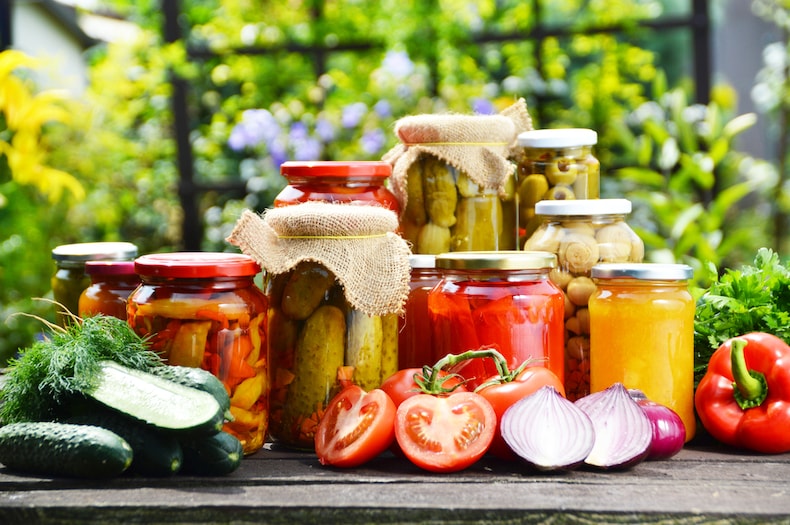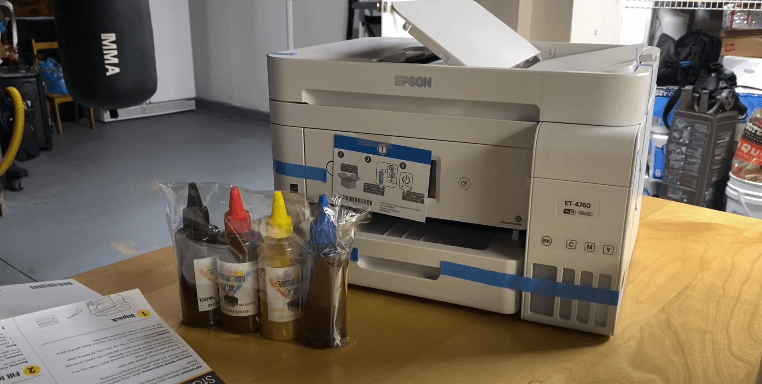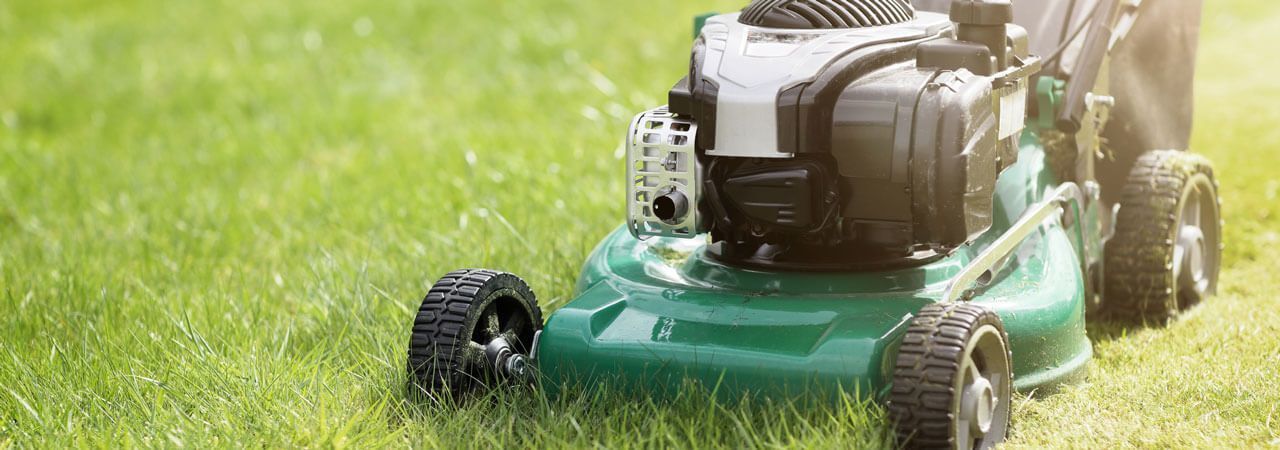Introduction
The bounty of fresh vegetables during the harvest season is a delight to our taste buds and a nutritional boon for our bodies. However, as the seasons change and the availability of fresh produce fluctuates, the need for preserving vegetables becomes apparent. Preserving vegetables not only helps reduce food waste but also allows you to enjoy the flavors and nutrients of your favorite veggies year-round. In this article, we'll explore various methods of preserving vegetables for extended shelf life and culinary pleasure.Canning
Canning is a time-tested method that involves sealing vegetables in jars to create a vacuum seal, preventing the growth of harmful microorganisms. Here's how to do it:a. Choose fresh, ripe vegetables and wash them thoroughly. b. Blanch the vegetables by briefly immersing them in boiling water, followed by an ice water bath to halt the cooking process. c. Pack the blanched vegetables into sterilized jars, leaving some headspace. d. Prepare a brine or pickling solution, and pour it over the vegetables, ensuring they are fully covered. e. Seal the jars using lids and rings, then process them in a water bath or pressure canner according to recommended guidelines.
Freezing
Freezing is one of the simplest and most versatile methods of preserving vegetables. It maintains the color, flavor, and nutritional value of the vegetables. Here's how to freeze vegetables effectively: a. Wash, peel, and chop the vegetables into desired sizes. b. Blanch the vegetables by briefly cooking them in boiling water, then plunge them into ice water. c. Drain the blanched vegetables thoroughly and spread them on a baking sheet to prevent clumping. d. Once the vegetables are frozen individually, transfer them to airtight containers or freezer bags, removing as much air as possible.Drying
Drying or dehydrating vegetables removes moisture, inhibiting bacterial growth and spoilage. Dried vegetables are great for soups, stews, and snacks. Follow these steps to dry your vegetables:a. Wash and slice the vegetables into uniform pieces for even drying. b. Arrange the slices on drying racks, making sure they're not touching. c. Use a food dehydrator, an oven on low heat, or even sunlight and air circulation to dry the vegetables until they are brittle. d. Store the dried vegetables in airtight containers in a cool, dark place.
Pickling
Pickling involves fermenting vegetables in a brine solution, creating a tangy and flavorful product. The fermentation process preserves the vegetables while adding beneficial probiotics. Here's how to pickle vegetables:a. Clean and cut the vegetables into desired shapes. b. Prepare a brine using a mixture of water, vinegar, salt, and spices. c. Pack the vegetables into sterilized jars and pour the brine over them. d. Seal the jars and let them sit at room temperature for a specified time, usually a few days to a week, to allow fermentation. e. Once the desired flavor is achieved, move the jars to the refrigerator for longer storage.
Root Cellaring
Root cellaring involves storing certain vegetables in a cool, dark, and humid environment, mimicking the conditions of a natural underground cellar. This method works well for root vegetables like carrots, potatoes, and beets.a. Choose undamaged, disease-free vegetables and brush off excess soil. b. Store the vegetables in a well-ventilated area with consistent temperature and humidity levels. c. Regularly check the stored vegetables for any signs of spoilage and remove any affected items.







